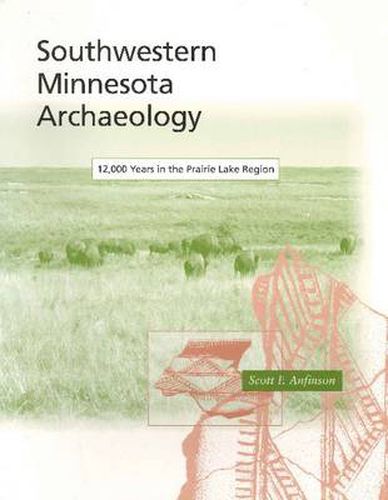Readings Newsletter
Become a Readings Member to make your shopping experience even easier.
Sign in or sign up for free!
You’re not far away from qualifying for FREE standard shipping within Australia
You’ve qualified for FREE standard shipping within Australia
The cart is loading…






Drawing together a century of widely scattered scientific and technical reports, as well as 25 years of first-hand experience in the field, Scott Anfinson provides the first comprehensive overview of the people who inhabited the Prairie Lake Region of the northwestern Plains before the arrival of European explorers. Focusing on southwestern Minnesota, north-central Iowa, and south-eastern South Dakota, the author describes the dramatic environmental changes that occurred during the precontact millennia, and the impact on the human, animal, and plant cultures of the region once treated as the insignificant edge of the Great Plains and Eastern Woodlands. His synthesis reveals how the successions of peoples in this transition region selectively accepted – and denied – influences from the better-known cultures around them. Archaeologists and historians of Native Americans, as well as amateur and armchair archaeologists, will welcome this valuable addition to the region’s geological, natural and cultural history.
$9.00 standard shipping within Australia
FREE standard shipping within Australia for orders over $100.00
Express & International shipping calculated at checkout
Drawing together a century of widely scattered scientific and technical reports, as well as 25 years of first-hand experience in the field, Scott Anfinson provides the first comprehensive overview of the people who inhabited the Prairie Lake Region of the northwestern Plains before the arrival of European explorers. Focusing on southwestern Minnesota, north-central Iowa, and south-eastern South Dakota, the author describes the dramatic environmental changes that occurred during the precontact millennia, and the impact on the human, animal, and plant cultures of the region once treated as the insignificant edge of the Great Plains and Eastern Woodlands. His synthesis reveals how the successions of peoples in this transition region selectively accepted – and denied – influences from the better-known cultures around them. Archaeologists and historians of Native Americans, as well as amateur and armchair archaeologists, will welcome this valuable addition to the region’s geological, natural and cultural history.